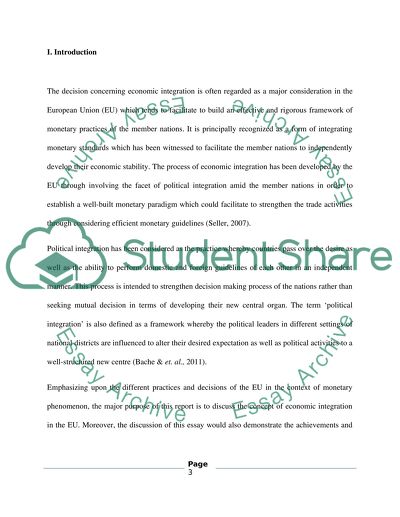Cite this document
(“Economic Integration has been the Most Concrete and Visible Essay”, n.d.)
Economic Integration has been the Most Concrete and Visible Essay. Retrieved from https://studentshare.org/history/1473910-5-economic-integration-has-been-the-most-concrete-and-visible-achievement-of-the-eu-since-its-creation-discuss
Economic Integration has been the Most Concrete and Visible Essay. Retrieved from https://studentshare.org/history/1473910-5-economic-integration-has-been-the-most-concrete-and-visible-achievement-of-the-eu-since-its-creation-discuss
(Economic Integration Has Been the Most Concrete and Visible Essay)
Economic Integration Has Been the Most Concrete and Visible Essay. https://studentshare.org/history/1473910-5-economic-integration-has-been-the-most-concrete-and-visible-achievement-of-the-eu-since-its-creation-discuss.
Economic Integration Has Been the Most Concrete and Visible Essay. https://studentshare.org/history/1473910-5-economic-integration-has-been-the-most-concrete-and-visible-achievement-of-the-eu-since-its-creation-discuss.
“Economic Integration Has Been the Most Concrete and Visible Essay”, n.d. https://studentshare.org/history/1473910-5-economic-integration-has-been-the-most-concrete-and-visible-achievement-of-the-eu-since-its-creation-discuss.


